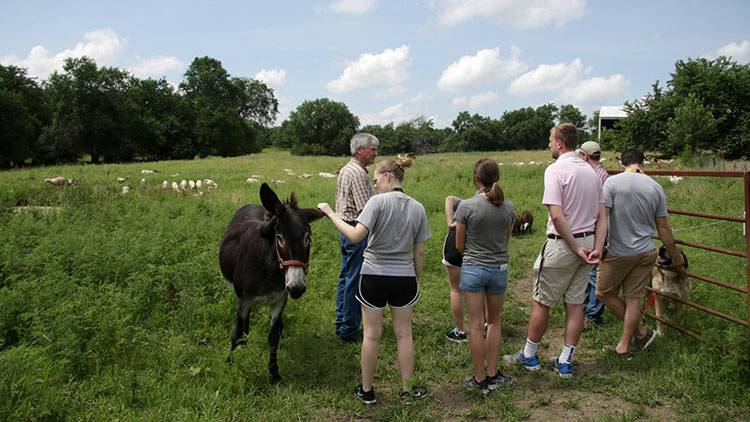
Health professions and medical students from the University of Missouri tour the Maplewood Acres Farm in Sedalia, Missouri. (Sebastián Martínez Valdivia/Side Effects Public Media)
On a sunny afternoon in Sedalia, Missouri, a town between St. Louis and Kansas City, Jennifer and Matt Boatright escorted some unusual visitors into a pasture on their farm. They opened the heavy gate and called their sheep over to meet a half-dozen medical students from the University of Missouri system.
The farm tour was part of a week-long program designed to introduce future doctors, pharmacists and nurses to rural life. The goal: Get the students interested in working in rural areas.
During the immersion program, students met local leaders and healthcare providers. And they toured local businesses.
Kathleen Quinn, associate dean for rural health at Missouri’s medical school, says it’s good to connect the students to the people they’d be serving. “To understand what their role is not only as a healthcare provider in the medical community, but what their role is as a provider in the community at large.”
The university offers other opportunities for students to actually work alongside rural providers. But Quinn said the immersion program gives students a picture of life in a small town.
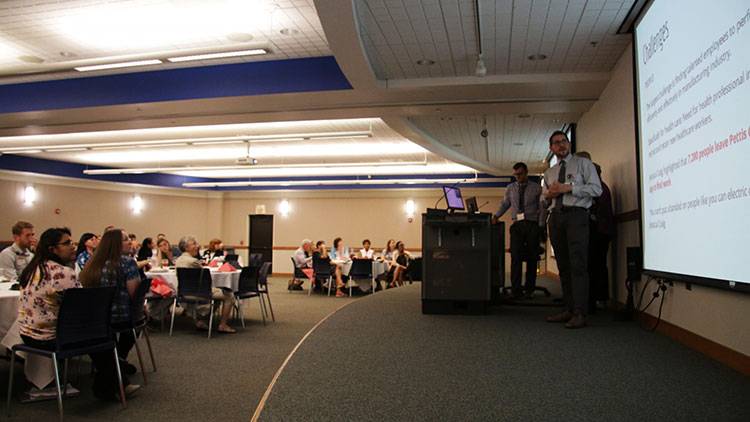 Magdaleno Gutierrez, a first-year medical student, presents on his group's findings at the end of the program. (Sebastián Martínez Valdivia/Side Effects Public Media)
Magdaleno Gutierrez, a first-year medical student, presents on his group's findings at the end of the program. (Sebastián Martínez Valdivia/Side Effects Public Media)
That’s also one of Beth Everts’ goals as director of recruitment for Bothwell Regional Health Center. “We have to make sure when they do come to visit us that they walk away saying, ‘That was such a friendly area and everyone there was so nice.’ And they can see themselves living and working here.”
Everts says most residency programs are in much bigger cities, so it can be hard for new doctors to imagine living in a rural town of 20,000 like Sedalia. She’s recruited people from all over, but it helps if prospective employees have ties to the area.
“Sometimes they’re from Missouri or Kansas City or nearby, and they want to come back to this area to be closer to family, whether they’ve been out or they’ve been in training,” Everts said.
Researchers say that’s one of the most effective ways to recruit healthcare providers to rural areas. They call it the “Grow Your Own” strategy – developing a pipeline for prospective doctors and nurses from as early as middle school.
Michael Meit, a researcher who focuses on health disparities between rural and urban areas, says there’s a misconception that all young people from rural areas want to leave.
“I think most people given the opportunity are proud of their communities, are proud of their history, they want to be near their family and friends,” said Meit of the NORC Walsh Center for Rural Health Analysis.
Magdaleno Gutierrez isn’t from the Sedalia area — but he’s sold on a rural life.
The second-year medical student is from Los Angeles, but his family comes from rural Mexico, and he said he’s deeply aware of rural health needs.
“Not having practitioners in a rural community can make or break a rural community.” he said. “Personally my grandmother had treatable diabetes that she passed away from really early in her life due to just not really having access to healthcare.
Gutierrez already had an interest in becoming a rural provider before participating in the immersion program. But meeting so many community members increased his commitment.
“I just haven’t had that opportunity to see behind the curtain and really get to know these individuals who will hopefully be my patients one day, and get to understand and know them on a deeper level,” he said.
The University of Missouri recently received $5 million in federal grants to expand its Rural Track Pipeline program. That includes scholarships for students from rural areas, and opportunities for students to do rotations at rural hospitals.
This story was produced by Side Effects Public Media, a news collaborative covering public health.
It also is part of a collaborative project titled Seeking A Cure: The quest to save rural hospitals. It includes the Institute for Nonprofit News and INN members IowaWatch, KCUR, Bridge Magazine, Wisconsin Watch, Side Effects Public Media and The Conversation; as well as Minnesota Public Radio, Iowa Public Radio, Wisconsin Public Radio, The Gazette (Cedar Rapids, Iowa), Iowa Falls Times Citizen and N'west Iowa Review. The project was made possible by support from INN, with additional support from the Solutions Journalism Network, a nonprofit organization dedicated to rigorous and compelling reporting about responses to social problems. For more stories visit hospitals.iowawatch.org.
 DONATE
DONATE


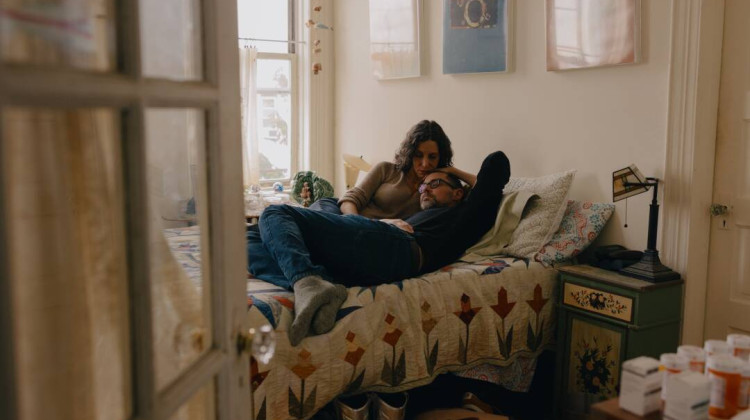
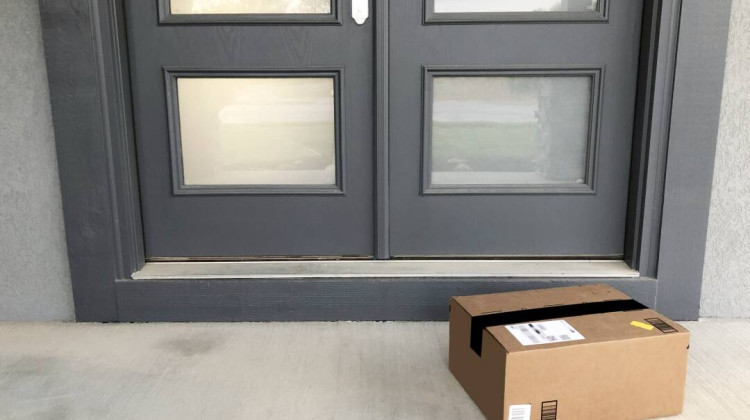
 View More Articles
View More Articles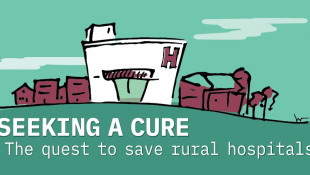

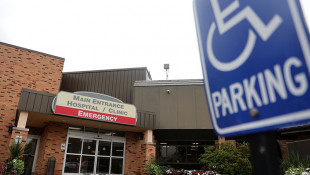
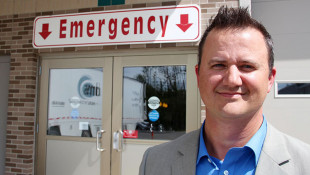
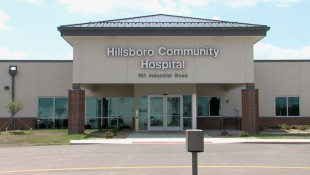
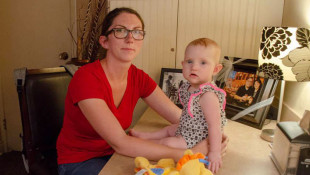

 Support WFYI. We can't do it without you.
Support WFYI. We can't do it without you.